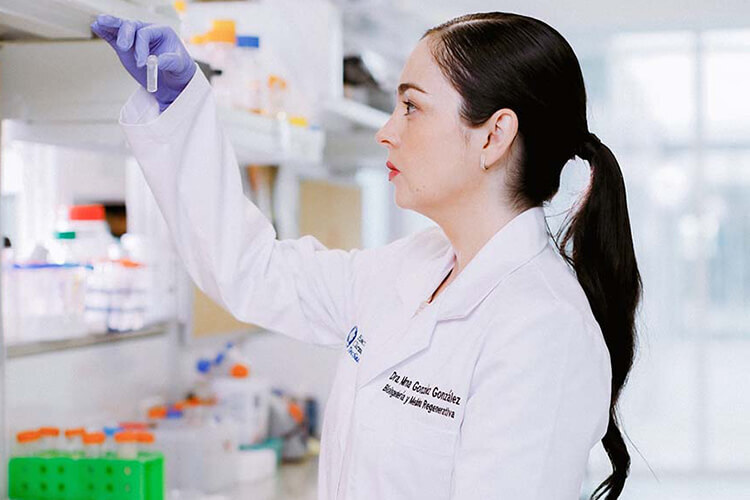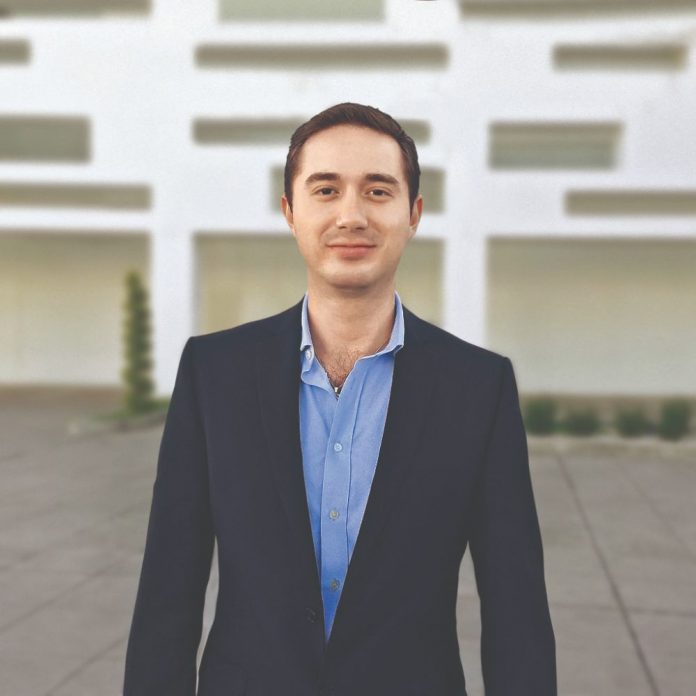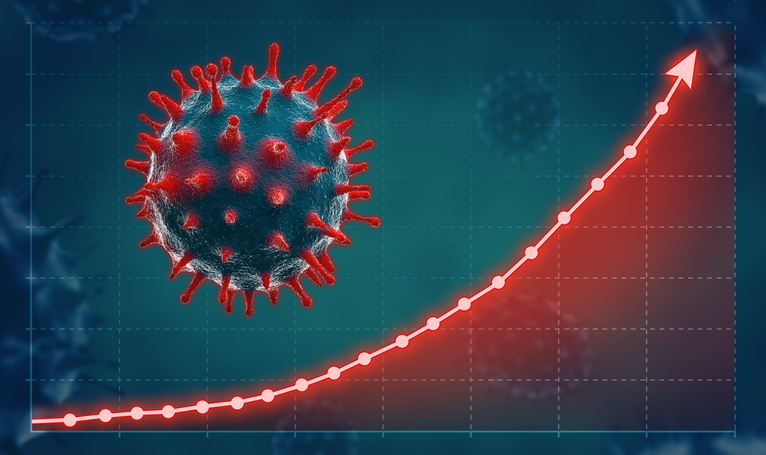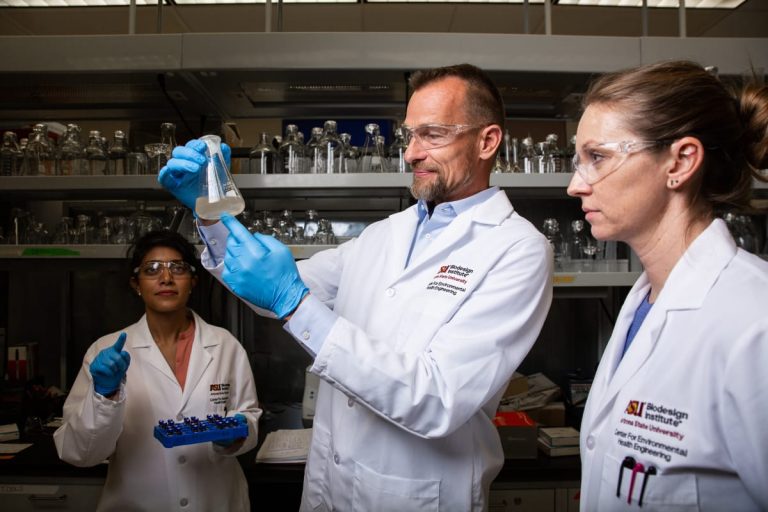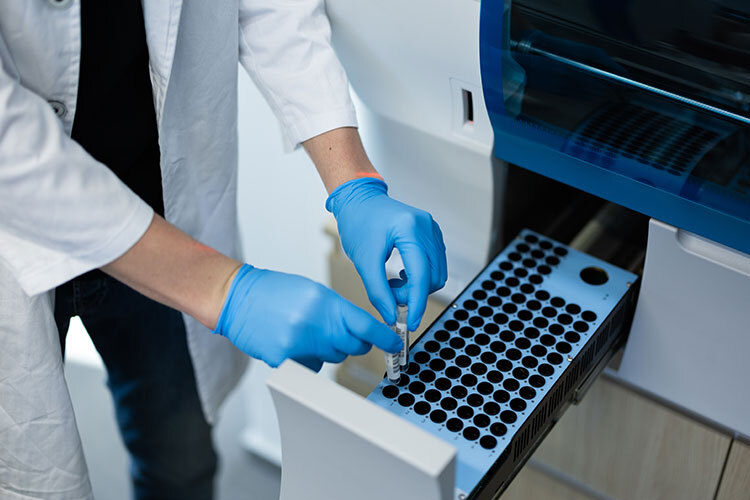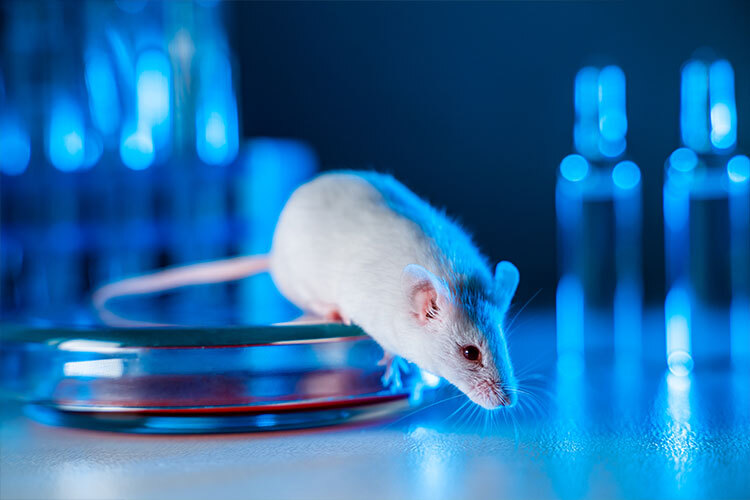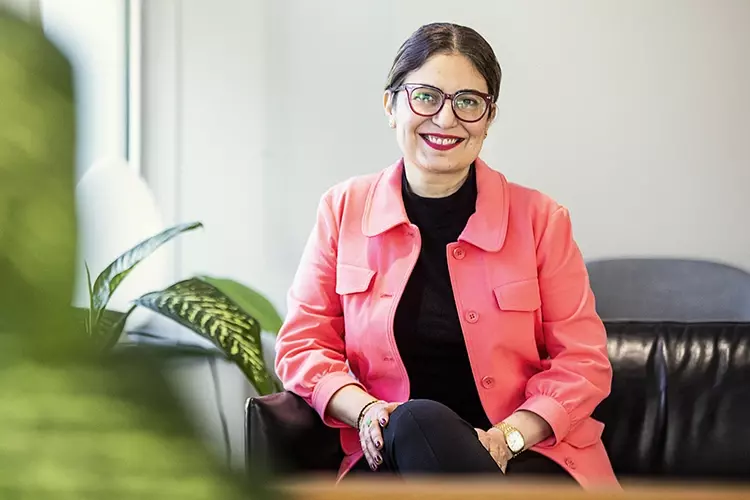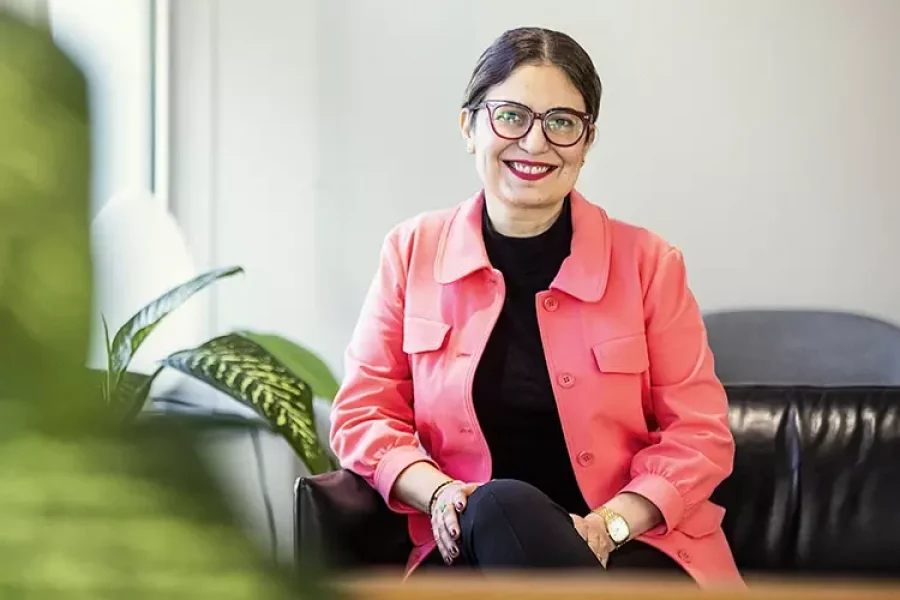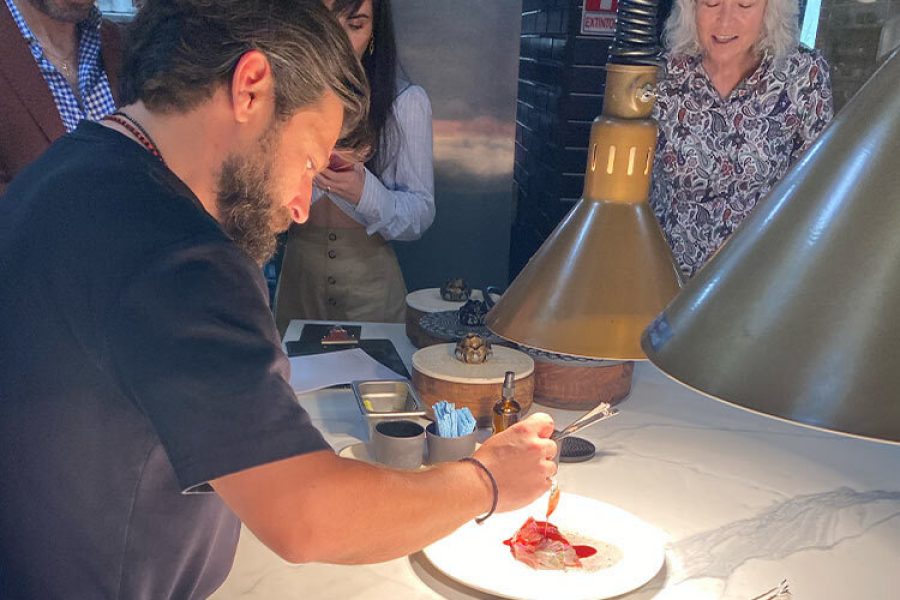The story of how Mirna Alejandra González became a scientist began at a middle school science fair in Monterrey.
Used to making a big effort, Mirna wanted to participate with an unusual project. Her great-uncle Ramiro, also a scientist, had the idea of taking her to his microbiology laboratory to cultivate bacteria.
“I was surprised to see how many more microorganisms there are in human saliva than in dog feces,” says the research professor at Tec de Monterrey’s Institute for Obesity Research.
Ever since, the biotechnology specialist has never strayed from science and laboratories, where she is currently working on two lines of research.
“One of them is (3D cultivation of) stem cells, following on from the work I did for my PhD. The other is related to the early detection of diseases using devices,” explains González. “Specifically, we’re working on the development of useful models for studying tumor microenvironments using breast cancer cells.”
Thanks to her first line of research, stem cell cultivation, Mirna González has been selected as one of the 25 Women in Science in 2023, an award given by the 3M company.
Cultivating stem cells
Every step that González has taken in science has been a step into the unknown. After graduating with a degree in Chemistry and Administration, she ventured into studying for a PhD in Biotechnology, moving from the macro world to the nano world.
In addition, she changed her thesis halfway through her doctorate to dive into the subject of stem cell recovery through aqueous two-phase systems and 3D culture.
“During my PhD, I worked on the recovery of stem cells, which we obtained from umbilical cord blood. In the postdoctoral program, I used that experience to propose not only recovering them, but also cultivating some of them using 3D cultivation,” says the scientist, a Level I member of the National Research System (SNI).
The specialist explains that cultures are traditionally 2D, meaning that cells are squashed on a flat surface. However, in a 3D culture you can simulate a space similar to that naturally occupied by cells.
“When we’re doing a 3D cultivation, we create a kind of mold to tell the cells where they should grow. That means we can ensure there’s interaction between them and that they form spheres. So, our hypothesis is that we can simulate an environment similar to what happens in the body,” she explains.
Administrative issues meant the 3M award recipient has had to move away from the stem cells she used to obtain from umbilical cords. She is currently doing the same research but now using cancer cells.
The 3M award
The 2023 3M Award for Women Scientists in Latin America included nine Mexican women, of whom two were Tec de Monterrey professors: María Luisa del Prado Audelo and Mirna Alejandra González.
This award is given to outstanding women scientists who work to get other generations of women interested in science.
The award aims to reduce the gender gap in STEM fields (Science, Technology, Engineering, and Mathematics). This is why, ever since the first awards were given out, 3M has published a digital book which includes a biography of each of the researchers.
The 25 Women in Science book, published by 3M, says that Mirna González’s “reason for venturing into the world of science was her passion for learning, an interest in trying different things, discovering alternatives and, thus, doing her bit to contribute to knowledge.”
Ever since that middle school science fair, González has been wearing a lab coat and sharing her love for learning with her students.
“The classes I give are about laboratory studies and research methodology. I teach undergraduate students how to do efficient bibliography searches and convey how much effort, time, and dedication go into writing a paper,” she says in an interview with TecScience.
“I’m very happy, not only personally, but also for my students. This is a way to publicize the projects we do at the Tec on a Latin American level,” says González, who is also part of the Women Leaders in STEM project, which encourages women to pursue careers in science.
